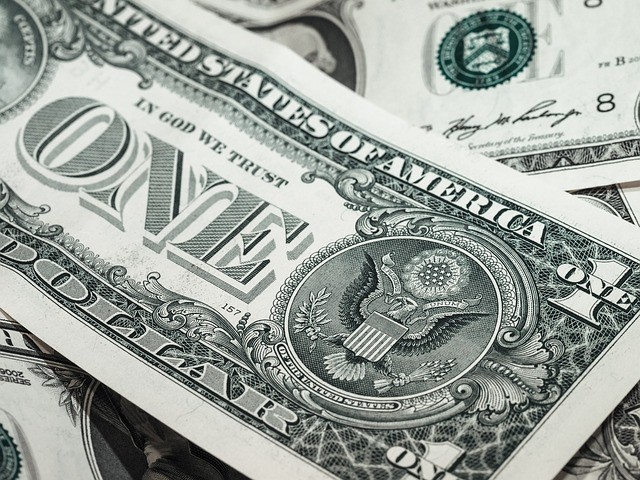
Heating and cooling are two of the most expensive and energy consuming things in your home. The U.S Energy Information Administration states that the average U.S. power bill will be $395 per month from June through August. That’s A LOT!
Next to heating/cooling are HDTVs and computers. It may not seem like they use much, but over time these things can add up. Here are some simple steps to help you save the environment AND your energy bill.
Cover those windows!
Cellular shades, or “honeycomb” shades are a great way to keep the heat in in the winter and out in the summer. They look great and can save you money!
Beware of power vampires!
Things like HDTV’s, computers and even some appliances run constantly. According to the Energy Star website, even standby mode enables appliances and computers to continue to use energy. Power Vampires account for nearly 100 billion kilowatt hours of energy consumption on a yearly basis across the nation. Can you imagine?? Why not try shutting down your pc or tv or unplugging things when not in use? It could save you money.
Turn down your water heater!
All day every day you pay to keep your water heated to a certain temperature. Lowering that temperature will save you money and help lower your carbon footprint. What’s a carbon footprint? Well that’s next.
Know your carbon footprint!
A carbon footprint is the measure of the environmental impact of a particular individual or organization’s lifestyle or operation, measured in units of carbon dioxide. Basically, the amount of energy your family uses to keep them comfortable. The Nature Conservancy has afree tool to check your carbon footprint. That tool allows you to see how many resources it requires for our to live your life. Be forewarned though, finding out just how much you use can be shocking but it’s important to know when addressing energy conservation.
The incentive for reducing energy consumption is monies saved. Saving $50 a month represents a $600 savings each year. Over the life of a home, those savings equal $6,000 at year 10, $12,000 at year 20 and $18,000 after 30 years of reducing energy consumption. Now we’re talkin!!



